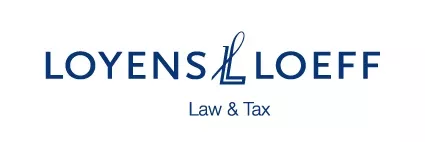- in United States
- within Privacy, Antitrust/Competition Law and Environment topic(s)
Can ELTIFs effectively operate in fund-of-funds or side-by-side strategies?
To ensure that an ELTIF manager, its affiliates, and their staff do not prioritize their own interests over those of ELTIF investors, the ELTIF Regulation includes conflicts of interest (COI) rules.
Below we are looking into the potential impact of these COI rules in the context of fund-of-funds (FoF) and side-by-side (SBS) fund strategies, as these two strategies are commonly adopted by ELTIFs. In a FoF strategy, ELTIFs typically invest in underlying EU-domiciled funds which qualify for the ELTIF's minimum core investment bucket. Alternatively, some ELTIFs are structured to operate on a SBS basis with a main fund, that main fund may be either EU- or non-EU domiciled.
Pursuant to the first COI rule, an ELTIF shall not invest in an eligible asset if the ELTIF manager holds a direct or indirect interest in that same asset. As an exception, an investment in that asset is permitted if that investment is an EU-domiciled fund managed by the EU AIFM or an asset held through such fund.
In principle, under a FoF set-up, the underlying funds are often managed by the ELTIF manager or one of its affiliates. The ELTIF manager's affiliates are typically entitled to carried interest and/or performance fees or make a “skin in the game” commitment in relation to the underlying funds. That could be viewed as an (in-)direct interest in the ELTIF's asset. However, if the exposure is indeed held by a controlling affiliate rather than by the ELTIF manager, the above rules would not disqualify the eligible asset and there is no need to rely on the exception. Additionally, ELTIFs managed by EU "Host" AIFMs are not affected by the above rule as such Host AIFMs do normally not hold any interest in the underlying funds.
In rare cases where the ELTIF manager does hold such an interest, the regulatory exception for EU-domiciled funds will typically apply. Therefore, COI in FoF structures are not expected to disqualify any eligible investment in practice. In an SBS setup, similar reasoning applies. However, greater emphasis must be placed on verifying the application of the exception rule, as the SBS fund may not be EU-domiciled.
The second COI rule is more general in nature. It essentially requires that affiliates of the ELTIF manager, including their staff, may only invest in or alongside the ELTIF if the ELTIF manager has implemented appropriate conflicts of interest measures.
The key takeaway is: if an ELTIF has exposure to the same assets as its manager, for example, through a FoF or SBS structure, it should be assessed whether such assets still qualify for the ELTIF's core investment bucket. In practice, we expect that such assets in a FoF or SBS structure will only rarely disqualify. The ELTIF manager should, in any case, maintain a proper COI governance framework.
The content of this article is intended to provide a general guide to the subject matter. Specialist advice should be sought about your specific circumstances.





